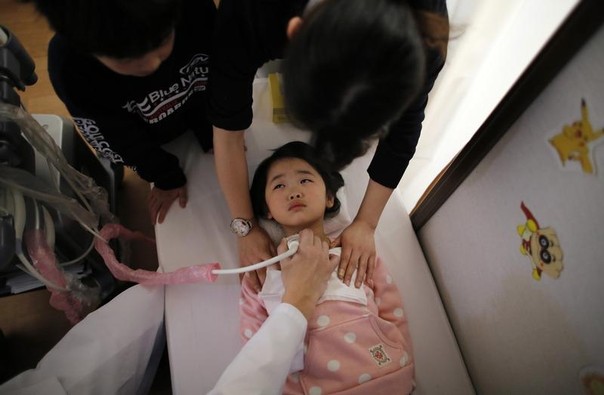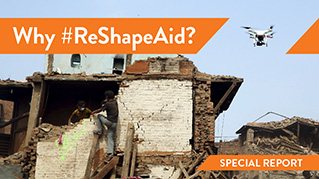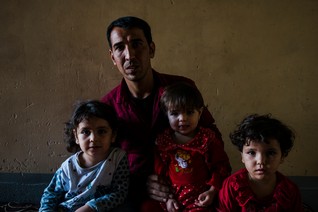On the third anniversary of the March 11, 2011 Japan earthquake and tsunami, The Wider Image presented a series of pictures taken by Reuters photographer Toru Hanai. The pictures were taken between Feb. 27 and Feb. 28, 2014 in Koriyama, west of the tsunami-crippled Fukushima Daiichi nuclear power plant.
-


With an anxious expression on her face, a five-year-old girl in Japan’s Fukushima prefecture lies back to have her thyroid examined.
From going through medical checks like this, to having limits on the time they can spend outdoors, many children in the region continue to be affected by the earthquake and tsunami that crippled the Fukushima Daiichi nuclear power plant three years ago.
-


Some of the smallest children in Koriyama, a short drive from the Fukushima plant, barely know what it's like to play outside. They can't.
City recommendations have kept them inside for much of the day as protection from radiation.
-


Though the strictest limits set after the nuclear disaster have now been eased, parental worries and ingrained habit mean that many still stay inside.
-


With children in the region spending less time outdoors, an annual survey by the Fukushima Board of Education found that children in the prefecture weighed more than the national average in virtually every age group.
-


Toshiaki Yabe, an official with the Koriyama city government, says that children in the area have shown less physical strength and coordination.
-


"Compared to before the disaster, you can certainly see a fall in the results of physical strength and ability tests - things like grip strength, running and throwing balls," he said.
-


Other areas, where the radiation was not so critically high, took steps such as replacing the earth in parks and school playgrounds, decontaminating public spaces like sidewalks, and limiting children’s outdoor play time.
Koriyama City recommended shortly after the disaster that children up to two years old not spend more than 15 minutes outside each day. Those aged 3 to 5 should limit their outdoor time to 30 minutes or less.
-


Though thyroid cancer in children was linked to the 1986 Chernobyl nuclear accident, the United Nations said last May that cancer rates were not expected to rise after Fukushima.
The limits were lifted last October, but many kindergartens and nursery schools continue to obey them even now in line with the wishes of worried parents.
-


Seven-year-old Masyoshi Kaneta lives in Koriyama. His family has experienced plenty of upheaval since the disaster, living in a shelter and spending time away from Masyoshi's father before returning to Fukushima.
The boy says that the disaster has helped shape his future ambitions.
"I want to be to a firefighter. I dreamed of it before the earthquake and tsunami disaster, but I think even more now that it’s really what I want to do. After going through the damage of the tsunami and earthquake, I want to save people.”
-


Children greet their nursery school teacher before getting a school bus to the Emporium kindergarten in Koriyama.













































